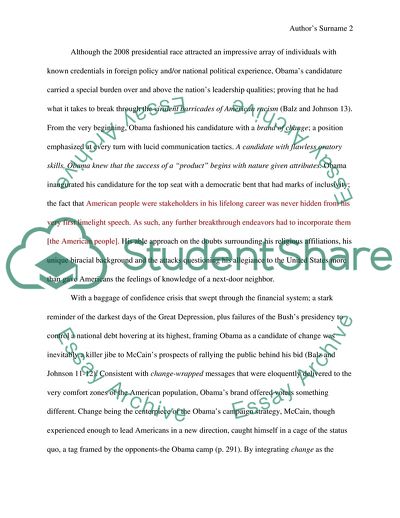Cite this document
(Obama's Victory: A Case of Effective use of Public Relations Study Example | Topics and Well Written Essays - 1500 words - 2, n.d.)
Obama's Victory: A Case of Effective use of Public Relations Study Example | Topics and Well Written Essays - 1500 words - 2. https://studentshare.org/journalism-communication/1796983-public-relations
Obama's Victory: A Case of Effective use of Public Relations Study Example | Topics and Well Written Essays - 1500 words - 2. https://studentshare.org/journalism-communication/1796983-public-relations
(Obama'S Victory: A Case of Effective Use of Public Relations Study Example | Topics and Well Written Essays - 1500 Words - 2)
Obama'S Victory: A Case of Effective Use of Public Relations Study Example | Topics and Well Written Essays - 1500 Words - 2. https://studentshare.org/journalism-communication/1796983-public-relations.
Obama'S Victory: A Case of Effective Use of Public Relations Study Example | Topics and Well Written Essays - 1500 Words - 2. https://studentshare.org/journalism-communication/1796983-public-relations.
“Obama'S Victory: A Case of Effective Use of Public Relations Study Example | Topics and Well Written Essays - 1500 Words - 2”. https://studentshare.org/journalism-communication/1796983-public-relations.


